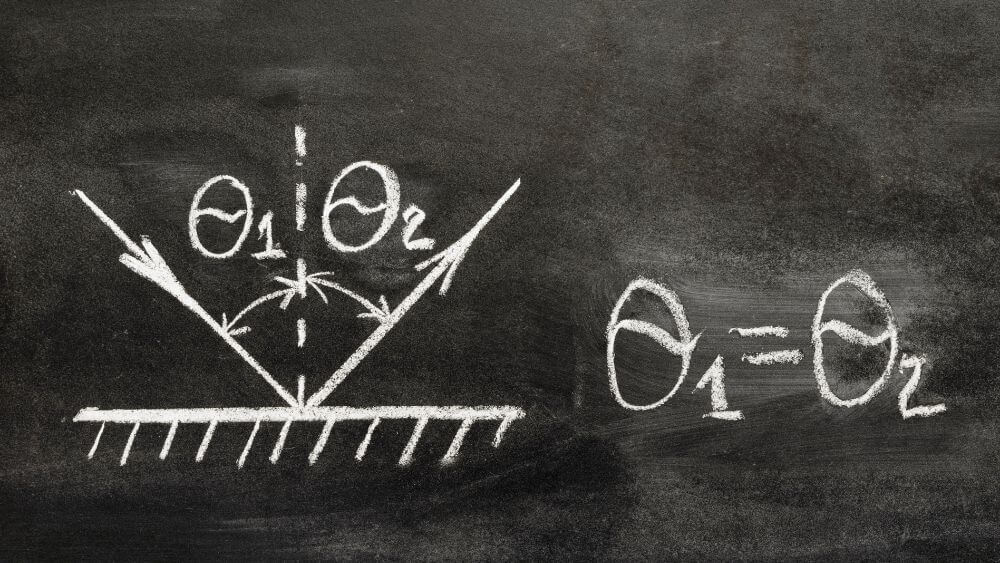Light

- Light travels along a straight line.
- The speed of the light is 3*10 to the power 8 m/s.
- When light falls on a smooth/shiny surface the light gets reflected back at the same angle.
Contents
Reflection Of Light:
- The surface of water acts like a mirror and change the path of light.
- The change of direction of light at an angle is called reflection of light.
- On a rough surface the light rays gets scattered.
- An image formed by the plane mirror is erect and is of the same size as that of the object.
- The image on the screen which could not be obtained by a plane mirror is called a Virtual Image.
- White light is composed of seven colours- Red, Orange, Yellow, Green, Blue, Indigo and Violet.
Spherical Mirror:
- Spherical mirror is a curved mirror.
- Spherical mirrors are both concave and convex.
- Concave mirror is also known as converging mirror.
- Concave mirror reflects the light towards inward to one focal point.
- Convex mirror is also known as the diverging mirror.
- Convex mirrors can form images of objects spread over a larger area.
- The outer side of the convex mirror is reflecting.
- The image formed by the concave mirror can be smaller or larger in size then the object.
- The image may also be real and virtual.
Uses Of Concave Mirrors:
- Doctors use concave mirrors to examine our eyes, ears etc..
- Dentists use concave mirrors so that they get the enlarged image of the teeth.
- Headlights of cars and scooters are concave in shape.
- Astronomical Telescopes have concave mirrors.
- Concave mirrors are used in shaving mirrors.
Uses Of Convex Mirrors:
- Convex mirrors are used in traffic lights.
- Convex mirrors are used as the rear view mirror in vehicles.
- Convex mirrors are used inside buildings.
- Magnifying glass have convex mirrors inserted in it.
- The sunglasses which we use are also made up of convex mirrors.
Lenses:
- A transparent material with curved sides for dispersing light rays is known as Lens.
- Lenses are widely used in spectacles, telescopes etc..
- The lenses which are thicker in the middle than at the edges are convex lenses.
- Convex lenses are also called as converging lens.
- The lenses which are thinner in the middle than at the edges are concave lenses.
- The concave lenses are also called as Diverging Lens.
- We can see the image formed by the lens from the side opposite to that of the object.
- The image formed by a convex lens can be real, inverted or virtual ,erect.
- However the image formed by the Concave lens is always erect, virtual and smaller than the object.






Responses